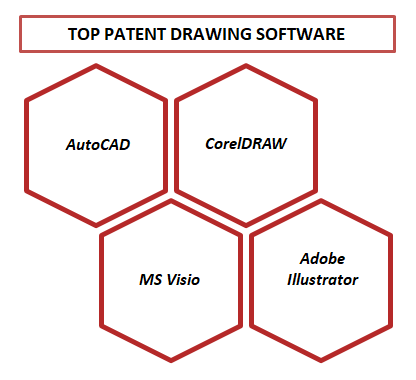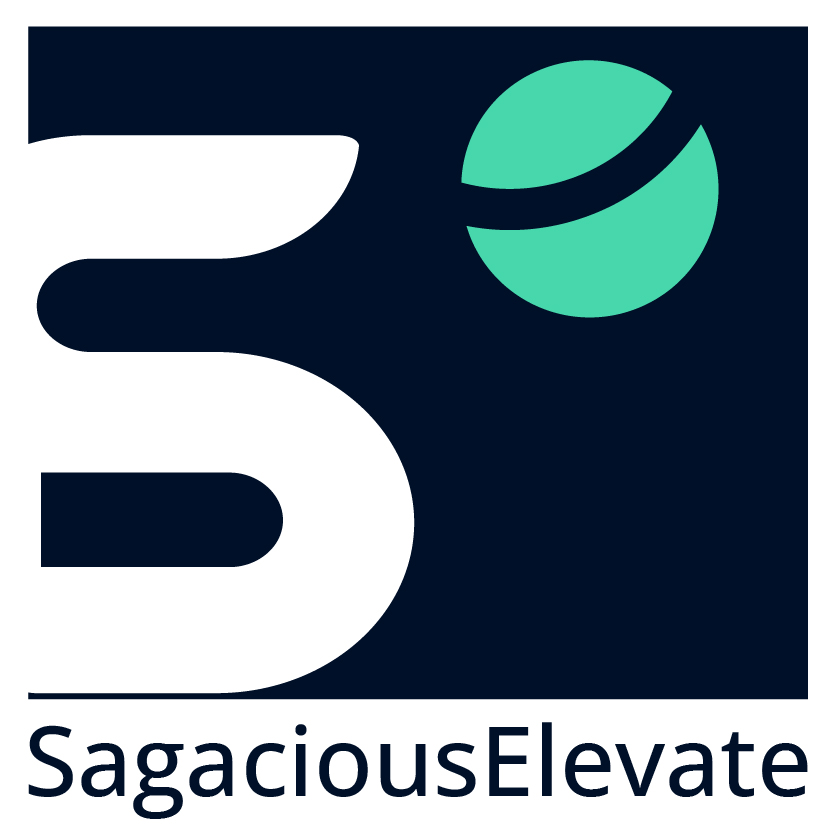Best Patent Drawing Software for Accurate and Efficient Illustrations
Patent illustrations are a pivotal component of patent applications, providing clear visuals that explain inventions. Historically, these drawings were meticulously crafted by hand, but with technological advancements, specialized patent drawing software has emerged, enabling the creation of precise illustrations efficiently. These tools not only facilitate the swift generation of drawings but also simplify the editing process, contributing to their growing popularity among inventors and patent professionals. This article highlights the best patent drawing software available today, detailing their features, advantages, and usability.
Table of Contents
Understanding Patent Drawing Software
Patent drawing software comprises computer programs specifically designed to produce diagrams, schematics, and technical illustrations essential for patent applications. In the realm of intellectual property (IP), such software is instrumental in crafting detailed drawings that accompany patent filings, as well as designing logos for trademark submissions.. These illustrations typically depict:
- The invention’s components and how they fit together
- The invention’s internal workings
- Figures depicting every piece of the invention
- Accurate visual representations of the proposed logo design
Top Patent Drawing Software
While a plethora of drawing tools are available in the market, many of these are not suitable for creating patent illustrations. Below are four of the best tools for creating precise, error-free patent drawings.

AutoCAD
AutoCAD is a computer-aided design (CAD) software widely utilized by professionals across various fields to create accurate 2D and 3D drawings pertinent to electrical designs, mechanical engineering, and more. With AutoCAD, illustrators can effortlessly design and modify illustrations, establish reusable block libraries for recurring design elements, and achieve high precision in all dimensions. Key features include:
- Direct Importation of 3D Files: Users can import 3D files such as STP, IGS, Parasolid, and STEP into AutoCAD to develop patent drawings.
- Conversion of 3D to 2D Designs: The software can swiftly transform 3D files into 2D line drawings, facilitating the creation of high-quality illustrations.
- ‘Block’ Functionality: This feature allows users to modify similar shapes with a single click, streamlining the process of updating patent drawings.
Tool Complexity/Skill Level Required: AutoCAD boasts approximately 200 unique commands, rendering it one of the most robust tools for patent drawing. It is adept at handling complex and detailed illustrations; however, it necessitates an advanced level of expertise to operate effectively.
Learning Curve: Given its extensive capabilities, mastering AutoCAD can be time-consuming. Nonetheless, a plethora of online resources is available to assist users in becoming proficient with its diverse functions.
Features of AutoCAD
- Offers different visual styles, such as realistic view, wireframe view, etc., to verify 3D files of patent drawings.
- Produces 3D files in solid and surfaces for creating different views for design patents.
- Provides photorealistic rendering images.
- Creates section views for patent drawings from 3D files.
- Generates tables for data representation.
- Consists of different viewports.
CorelDRAW
CorelDRAW is extensively employed for 2D illustrations, posters, logos, and photo editing, making it a valuable tool for producing architectural layouts and various graphics. In the IP sector, CorelDRAW is frequently used to:
- Create High-Quality Trademark Drawings: The software excels in designing detailed and precise trademark illustrations.
- Import DWG and PDF Files: Users can directly import these file formats to develop patent illustrations.
- Construct Perspective Drawings: By placing existing objects onto a plane, users can create 3D images, enhancing the depth and realism of illustrations.
- Bitmap Resampling: This feature allows for scaling images without compromising quality and editing bitmaps to remove unwanted text, which is particularly beneficial when working on patent drawings and utilizing grayscale images for filings in jurisdictions like the United States.
- Image and Raster Layout Editing: Corel Photo-Paint enables users to edit images and raster layouts effectively.
- Vector Image Generation: Through its ‘PowerTRACE’ feature, the software can convert raster images into vector formats, streamlining the creation of patent drawings.
Tool Complexity/Skill Level Required: CorelDRAW is well-suited for simple to moderately complex drawings. However, it may experience performance issues, such as freezing, when handling highly detailed illustrations. An intermediate level of experience is recommended for optimal use.
Learning Curve: CorelDRAW is relatively user-friendly, allowing users to perform various operations with minimal experience. Numerous shortcut keys are available to enhance speed and efficiency.
Features of CorelDRAW
- Live sketch tool
- Preview of vector, handles and nodes
- Custom node shapes option for user
- Touch-friendly GU interface
- Font filtering and search options
- Color option to create trademark drawings of your patents and logos with excellent quality
Microsoft Visio
Microsoft Visio is a cloud-based application designed to facilitate collaboration and integrate real-time data with business workflows. It is primarily used to create flow diagrams, business models, circuit diagrams, and other 2D drawings. Notable features include:
- ‘Connector’ Feature: Enables the rapid creation of flowcharts.
- File Importation: Supports the import of various file formats, including DWG files directly and PDF files via SVG, aiding in the development of patent illustrations.
Tool Complexity/Skill Level Required: While MS Visio performs efficiently for simple drawings, it may encounter performance issues, such as freezing, when working on detailed illustrations or importing designs from other applications like AutoCAD. Intermediate-level expertise is advisable for effective use.
Learning Curve: MS Visio offers a variety of templates that assist users in saving time and effort during project development. Users also have the option to start with a ‘Blank Drawing’ to create illustrations from scratch.
Features of Microsoft Visio
- You can create flowcharts, diagrams, floor plans, etc., using the drag-and-drop feature.
- Pre-built templates are available for specific purposes to help create and customize workflows.
- MS Visio can be linked with real-time data sources to update diagrams automatically upon data modification at the source.
Adobe Illustrator
Adobe Illustrator is a vector-based drawing software widely used in small to mid-sized businesses for creating vectors, 2D drawings, posters, logos, and other illustrations. It is an industry-standard application offering tools for digital graphics across print, web, apps, and video animations. Key characteristics include:
- Vector-Based Precision: Generates line drawings with crisp, clean contours, ideal for utility and design patent applications.
- ‘Shape Builder’ Tool: Allows users to merge and subtract existing shapes, facilitating the creation of complex illustrations.
- Grid Feature with Anchor Points: Allows for precise modification of shapes and lines, ensuring accuracy in patent drawings.
- Vectorization: Generate vector images directly from raster sources using the ‘Image Trace’ feature.
Tool Complexity/Skill Level Required: Adobe Illustrator requires an advanced level of experience due to its comprehensive feature set.
Learning Curve: Adobe Illustrator has a complex user interface with numerous functions that can be challenging to master. However, extensive tutorials and resources are available to assist users in learning the software.
Features of Adobe Illustrator
- Wide variety of digital brushes, pencils, and pens
- Advanced color palettes
- Grid feature with anchor points
- Font library
- Tools to reshape and adjust curvatures
- Vector-based software for crisp, clean lines
AI and Automation: The Future of Patent Drawings
In the rapidly evolving landscape of design and engineering, selecting the appropriate diagrammatic tool is crucial yet challenging due to the plethora of options available. No single tool excels in creating all types of diagrams, making it essential to choose one that aligns with specific project requirements. Artificial intelligence (AI) is increasingly influencing various industries, including design and engineering, by introducing automation and enhancing efficiency.
AI techniques, particularly neural networks and machine learning, form the foundation of automation in design processes. These technologies enable the automation of tasks such as shape creation and design modifications, leading to more efficient workflows. In engineering, AI-driven customization and design automation tools support the development of advanced solutions, streamlining complex design tasks.
At Sagacious IP, our design experts leverage advanced software solutions to generate precise 2D and 3D drawings. By customizing these tools and employing automation, our designers can produce error-free patent drawings efficiently, saving significant time and reducing the potential for human error.
Conclusion
Technological advancements have empowered patent and trademark applicants to create detailed patent drawings and logo designs using specialized software. Whether you are a novice or a seasoned professional, these tools facilitate the creation of precise illustrations. Choosing the right solution that meets the needs of both engineering and design teams, scales effectively, accelerates the production process, reduces costs, and delivers clear assembly instructions is imperative for growth.
At Sagacious IP, our design experts leverage advanced software solutions, customized with AI-driven automation, to deliver meticulous patent drawings tailored to your needs. By entrusting your patent drawing needs to our professional team, you can ensure high-quality, error-free illustrations that meet the stringent requirements of patent offices. Contact us today to learn more about our patent drawing services and how we can assist in safeguarding your intellectual property.
– John Britto, Vikas Kaushik, Sarvil Vikram Singh (Illustration) and the Editorial Team
Having Queries? Contact Us Now!
"*" indicates required fields




